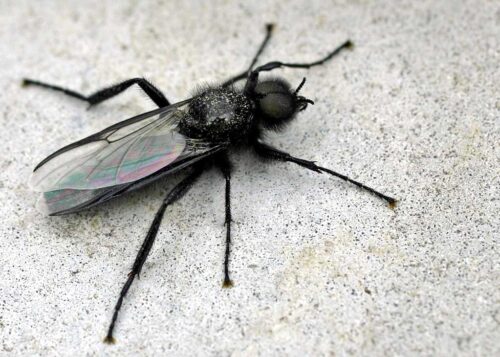Haw
Also known as:
St. Mark’s fly
Do not confuse with:
Dark-winged fungus gnat (Sciara analis)
Haw
Haw
The female fly lays her eggs in a clump in grassland, preferably near manure. The legless larvae resemble leatherjackets but have a black head – that of leather
The larvae live on dead plant parts and manure residues, later on grass. The damage to the turf only becomes visible in the fall.
Birds (starlings and gulls) are among the natural enemies of haw
Where to find
- Common in lawns and grasslands
Control
Difficult to control; any damage to the lawn is not visible until autumn. The haw
Prevention
Provide a bird-friendly environment: birds (gulls, starlings) eat the larvae. Occasionally releasing a flock of chickens onto the grass also helps.

